How Intel plans to redefine power computing with new Haswell-E CPU
The latest Intel Extreme processors have power to burn
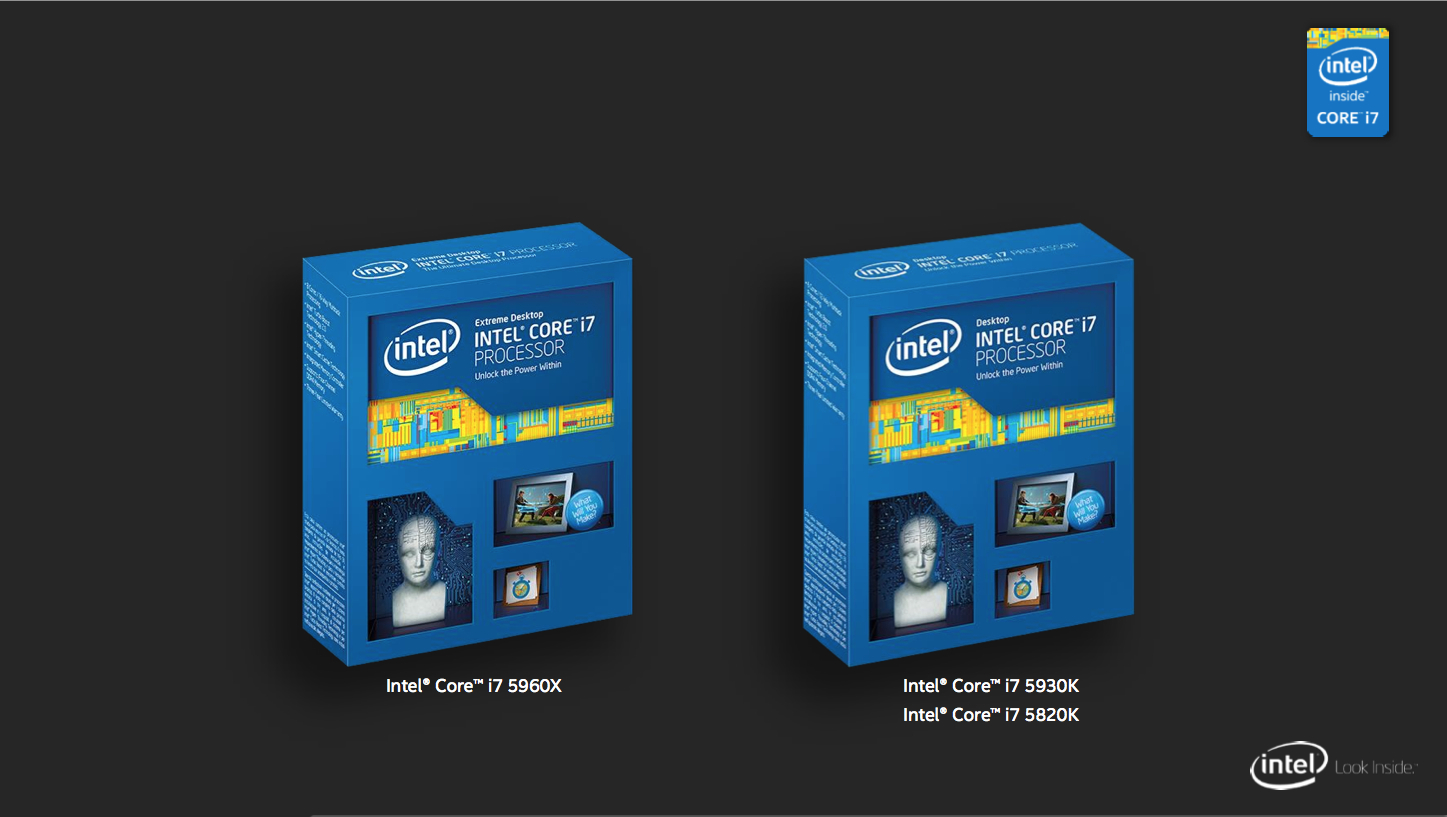
If you follow Intel's tick-tock processor chronology, you'll know that we're due a 'tick' – a die shrink of the current process architecture. Called Broadwell, we'll see most of those parts in very early 2015 (expect a big consumer launch at CES 2015 in January) but Intel's slated timeframe is rather sooner than that.
But by any reckoning 2013's 22nm Haswell is yesterday's news right?
Wrong.
Intel still has one power play to make with the 22nm microarchitecture first seen in late 2011's Ivy Bridge. And that's in the form of Haswell-E – the latest generation of the company's flagship Extreme processor line.
Available in six and eight-core variants (with 12 and 16 threads respectively) these are powerhouse processors that are clocked at speeds up to 3.5Ghz and boast nicely unlocked multipliers. Again they use Intel's TriGate 3D transistor tech.
- The 8-core Intel Core i7 5960X, 3.0 GHz (3.5 GHz turbo), 40-lane PCI-Express support (x16 + x16 + x8) - costs $999 (about £600, AU$1100).
- The 6-core Intel Core i7 5930K, 3.5 GHz (3.7 GHz turbo), 40-lane PCI-Express support (x16 + x16 + x8) - costs $583 (about £350, AU$700).
- The 6-core Intel Core i7 5820K, 3.3 GHz (3.6 GHz turbo), 28-lane PCI-Express support (x16 + x8 + x4) – costs $389 (about £225, AU$450).
The clockspeeds of these CPUs are somewhat lower than the recent 4GHz Devil's Canyon version of Haswell (referred to as the Haswell Refresh) launched earlier this year, but they have more cores and are significantly more expensive as a result (the 4Ghz Core i7-4790K had a box price of $350).
These new chips are designed to continue Intel's total dominance of the enthusiast computing market. Also debuting alongside them is the X99 platform featuring the new DDR4 memory standard.
Get daily insight, inspiration and deals in your inbox
Sign up for breaking news, reviews, opinion, top tech deals, and more.
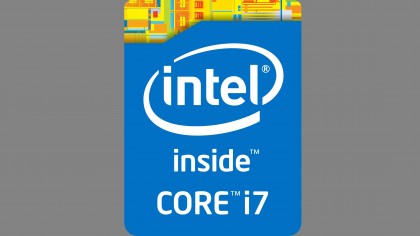
One thing Intel's Extreme processors do less of compared to their lower class brethren is provide extra graphical power. A lot less. In fact, they have none. That's unusual at a time when increasing amounts of CPU die real estate is being given over to graphical grunt.
But no onboard graphics means there's more space for what enthusiast and high end users really want – more processing grunt to use alongside a discrete card (or cards).
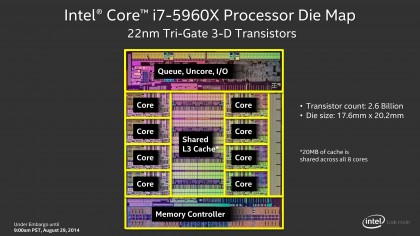
And more cores is exactly what you get. These are the most powerful desktop chips around. Finally we also get an eight core version too; despite various improvements in production processes, six core server parts (being several years old now) and rival AMD already having an eight core part, Intel has previously resisted. Until now. The Core i7 5960X, which doesn't stop impressing with the core count, offers 40 PCIe 3.0 lanes plus a whopping 20MB of cache, too.
If you're balking at the price then don't – to upgrade the Mac Pro's 3.5Ghz six core Xeon E5 to an eight core version requires a build-to-order option….and an extra cost of $1,500.
Planning a system with two graphics cards in SLI or CrossFire mode? You probably want the middle or high end version of these for the extra PCI-Express support.
Enthusiasts tend not to care, but it's worth pointing out that one of the main issues with these CPUs is power consumption - 140W TDP is significantly more than even the 88 W TDP of the high end Devil's Canyon CPU even without any graphics capability. But Haswell-E does run significantly cooler than Ivy Bridge-E however, and that can only be a good thing in terms of performance.
So what levels of performance do you get? At a recent Intel demo day, we were shown Haswell-E in action. It ripped through a Cinebench R15 test. If you've used Cinebench, you'll be used to the graphic appearing very gradually. Not so with the Core i7 5960X – it rendered 16 sections chunk by chunk.
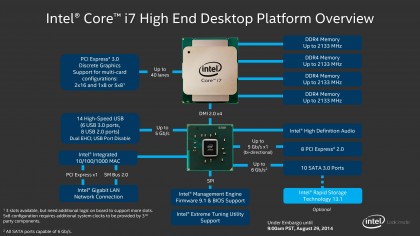
Our colleagues at PC Format benchmarked the CPU and initially noted that, "it looks a little off the pace when you compare it with the 3.6GHz/4GHz configuration of the last Ivy Bridge E processor." And that's before you mention the 4GHz clock of the aforementioned Devil's Canyon.
The lower clock is to ensure that sustainable yields of this eight core monster can be produced (do you really think Intel would have resisted clocking it at 4Ghz as well if it was sustainable to do so?) without one or more of the cores throwing a wobbly during the manufacturing process.
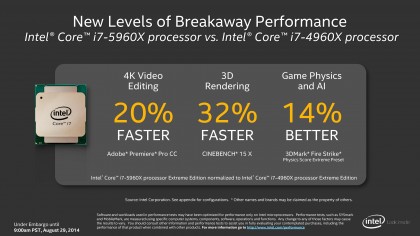
But remember one simple thing – Extreme Editions are meant to be overclocked. These CPUs are pretty strong at stock, but they're designed to be strong when you push the boundaries and up the clockspeed. You can see the difference in Cinebench scores here: PC Format found the 5960X achieved 1387 in Cinebench R15 at stock and a huge score of 1719 at peak overclocked performance.
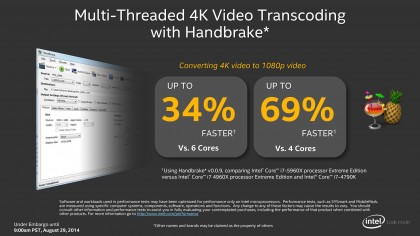
Together with the X99 chipset, PC Format saw a 25% boost in multi-threaded applications compared to the previous Ivy Bridge E champion-chip, the Core i7 4960X and a general performance uplift of over 50%. That's nothing short of stunning.
Intel is also making a big play of the new chips supporting Thunderbolt 2, but until we see PC manufacturers jumping on the Intel/Apple bandwagon, it's somewhat irrelevant.
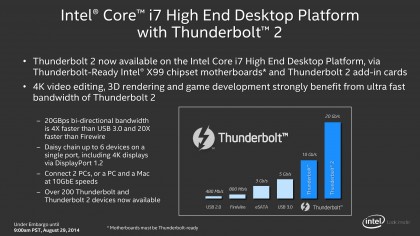
There are a growing number of performance applications that can take advantage of four or more processor threads including Adobe Photoshop. Lightroom, Premiere Pro and After Effects, Cyberlink Power Director and Power Producer, HandBrake, Nero Multimedia Suite, Roxio Creator, Sony Vegas, Abbyy Fine Reader, Blender, Corel Digital/Video Studio, Magix and Steinberg Cubase.
Once again, Intel has come up with the goods with the 5960X. It's an incredible CPU capable of performing sixteen threads of wonderment. As ever, make sure you actually need this level of performance before you shell out for it – and if you're not going to overclock it then you don't need it. But if you decide to pay through the nose, you'll have one incredible PC.
Read the forthcoming issue of PC Format magazine for full gaming and performance benchmarks for all the Haswell-E processors.
Dan (Twitter, Google+) is TechRadar's Former Deputy Editor and is now in charge at our sister site T3.com. Covering all things computing, internet and mobile he's a seasoned regular at major tech shows such as CES, IFA and Mobile World Congress. Dan has also been a tech expert for many outlets including BBC Radio 4, 5Live and the World Service, The Sun and ITV News.